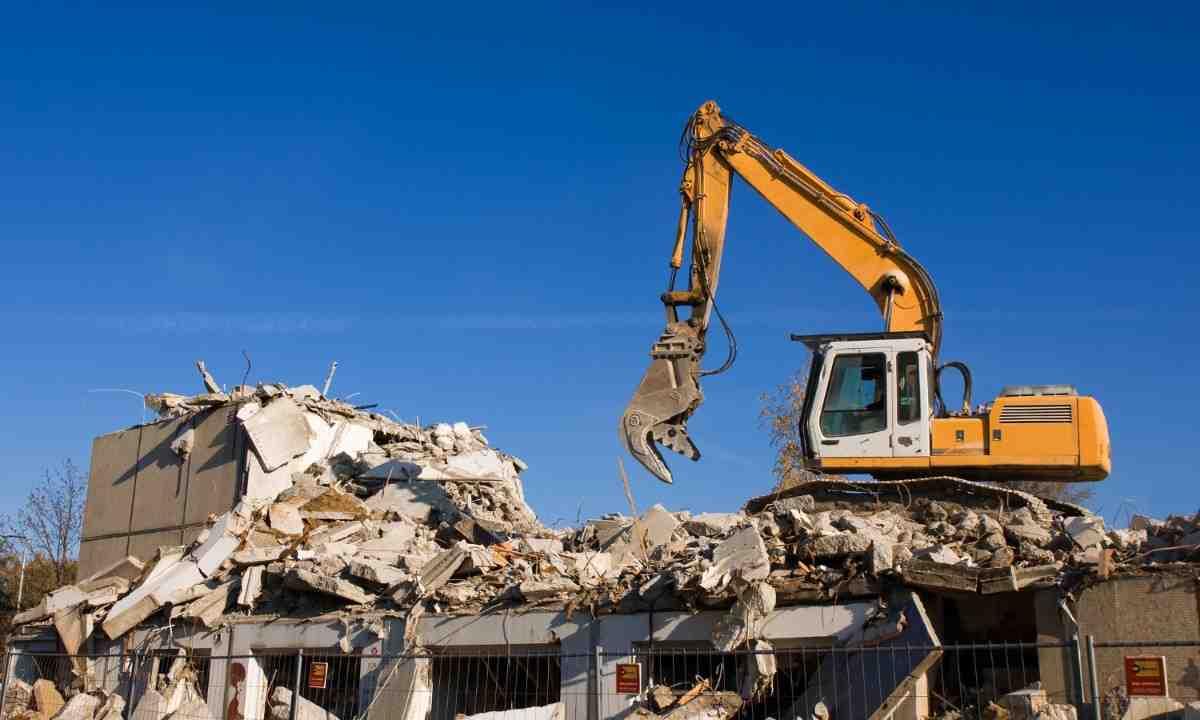The demolition industry plays a vital role in construction. Before new buildings rise, old structures often need to come down safely and efficiently. That’s where demolition contractors come in. They handle everything from tearing down houses to clearing large commercial sites, often working with specialized equipment and strict safety regulations.
If you’ve ever wondered how to become a demolition contractor, the process involves more than just heavy machinery. It requires planning, training, licensing, and smart business decisions.
Step 1: Understand the Role of a Demolition Contractor
A demolition contractor doesn’t just knock down buildings. Their responsibilities include:
-
Assessing structures for hazards like asbestos or lead paint.
-
Creating demolition plans that comply with safety codes.
-
Operating equipment such as excavators, cranes, or wrecking balls.
-
Coordinating debris removal and waste disposal.
-
Ensuring environmental compliance.
In short, it’s a mix of technical knowledge, business management, and physical work.
Step 2: Get the Right Training and Education
While there isn’t a strict college requirement to become a demolition contractor, some education helps:
-
High school diploma or GED: Needed for most apprenticeships and licensing applications.
-
Vocational training: Courses in construction, safety, or equipment operation.
-
Certifications: OSHA safety training, first aid, and hazardous material handling are often required.
Some contractors also take short courses on estimating, project management, or blueprint reading to improve their skills.
Step 3: Gain Hands-On Experience
Experience is everything in this field. Many successful demolition contractors start out working for established companies as laborers, equipment operators, or site supervisors. This gives them real-world exposure to:
-
Handling demolition tools and heavy machinery.
-
Understanding site safety requirements.
-
Learning how to sequence demolition work.
-
Watching how project costs are estimated and managed.
After several years, many workers transition into running their own contracting businesses.
Step 4: Obtain the Necessary Licenses and Permits
Every region has its own rules for demolition contractors. In most cases, you’ll need:
-
A general contractor’s license or a specific demolition license.
-
Proof of liability insurance and worker’s compensation.
-
Special permits for projects involving asbestos, explosives, or hazardous waste.
The licensing process often involves submitting proof of experience, paying fees, and passing exams on construction laws and safety practices.
Step 5: Build the Right Skills
To run a demolition business successfully, you’ll need more than technical know-how. Key skills include:
-
Project estimating – Knowing how to calculate costs for labor, materials, and equipment.
-
Business management – Handling contracts, client relationships, and scheduling.
-
Problem-solving – Dealing with unexpected structural or site issues.
-
Safety management – Protecting workers, nearby properties, and the environment.
Many contractors invest in software or hire specialists to handle estimating and planning. Using professional Demolition Takeoff Services can also reduce errors and help secure bids.
Step 6: Invest in Equipment and Tools
Demolition contractors need access to heavy machinery and specialized tools. These may include:
-
Excavators with hydraulic breakers.
-
Skid-steer loaders for smaller jobs.
-
Dump trucks for hauling debris.
-
Jackhammers, saws, and pry bars for interior work.
Some contractors buy their own equipment, while others rent until their business grows.
Step 7: Learn How to Estimate and Bid Projects
Bidding is a critical part of being a demolition contractor. Underbidding can lead to losses, while overbidding may cost you contracts. To prepare accurate estimates, you’ll need to:
-
Measure the site and calculate material quantities.
-
Factor in labor costs, equipment rentals, and permits.
-
Account for waste disposal fees.
-
Add a profit margin.
This is where professional estimating services can make a huge difference, especially when competing for larger projects.
Step 8: Build a Reputation and Network
Like many trades, demolition thrives on reputation. To grow your business:
-
Deliver projects on time and within budget.
-
Focus on safety and compliance.
-
Network with general contractors, real estate developers, and construction firms.
-
Maintain a professional website and online presence.
Positive word of mouth and repeat clients are often the backbone of a successful demolition company.
Step 9: Stay Compliant with Safety and Environmental Rules
Demolition involves high risks, which is why safety regulations are strict. Contractors must:
-
Train workers in OSHA guidelines.
-
Conduct site inspections before work begins.
-
Monitor dust, noise, and vibrations during demolition.
-
Dispose of materials like concrete, steel, or hazardous waste responsibly.
Failing to follow these rules can lead to fines or lawsuits, so compliance is non-negotiable.
Final Thoughts
Becoming a demolition contractor takes more than learning how to swing a sledgehammer. It requires a combination of training, licenses, estimating skills, and business management. While the startup costs can be significant, the industry offers steady demand, especially as old buildings make way for new construction.
If you’re serious about entering this field, start with hands-on experience, get your licenses, and use tools like demolition estimating services to stay competitive. Over time, with hard work and a focus on safety, you can build a reliable and profitable demolition business.



